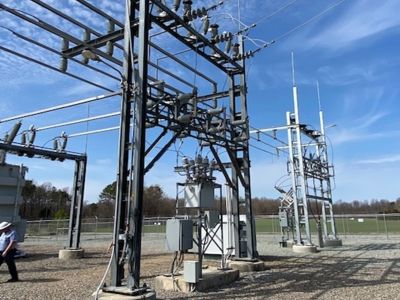
Solar Backfeed Safety on Distribution and Secondary Circuits
Editor’s Note: This timely article specifically addresses the contemporary issue of green-energy backfeed endangering power-line workers. Unlike engine-powered backup generators, green energy makes no telltale noise to alert workers to its presence and possible hazards. Incident Prevention encourages all employers to assess the risks related to backup energy sources and adopt effective storm-work hazard analysis, isolation and other protective procedures for worker safety.
It is night and you are working storm trouble on a single-phase line. The line fuse is blown, and you find wire down. Then you notice that the customer beyond the broken section of wire still has power. Is there a two-way feed on this phase? Did you identify the correc…
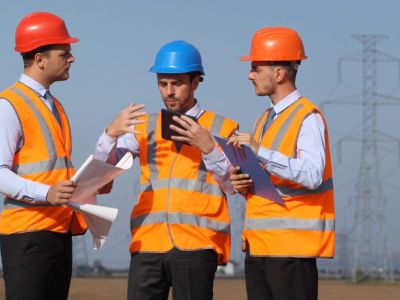
An Experiment in Crew Member Engagement
I don’t talk about myself a lot – I listen. I developed this skill after taking on a leadership position with a utility contractor in an industry I knew nothing about.
My work history prior to this role included management in pretty much every industry except utilities. In each of my previous jobs, I strived to learn and advance from an entry-level position. In this new position, I no longer had the advantage of knowing how the company ran from the ground up; I had to trust and depend on others to help me. It did not take me long to realize that safety is the most important priority in this industry. Lack of attention to the detail of safety can kill a lineworker and damage a company beyond repair. So, while you could say our company’s j…
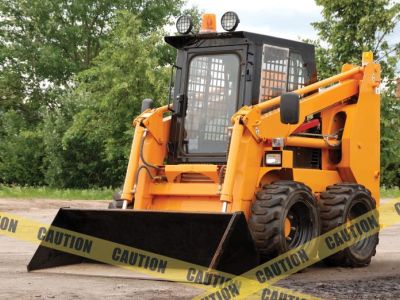
Skid-Steer Loaders: Hazard Awareness and Recommended Safety Practices
In 2009, OSHA published a safety and health information bulletin in part because of the seriousness of injuries that have occurred with skid-steer loaders (see www.osha.gov/sites/default/files/publications/shib011209.pdf). Similarly, NIOSH published an alert in December 2010 in response to the hazards and serious injuries that have occurred with these machines (see www.cdc.gov/niosh/docs/2011-128/default.html).
In their published documents, the two agencies aim to make employers and employees aware of the need to review and follow manufacturer instructions regarding proper use of skid-steer loaders. Both documents emphasize the importance of conducting training on the operation, inspection, maintenance and testing of the machine’s safety…
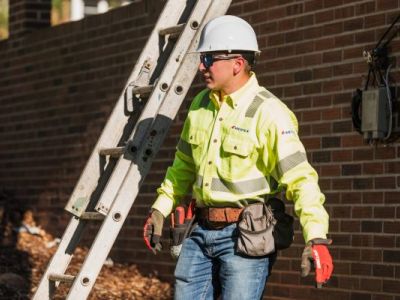
FR/AR Apparel Use: Are Your Workers Properly Trained?
Many workers in the utilities space bravely put their personal safety at risk every day on the job. Facing potential hazards such as arc flashes, flash fires and unpredictable elements of nature, these workers’ personal protective equipment – particularly their garments – is their last line of defense. However, proper apparel use can sometimes be overlooked or deprioritized, putting workers at greater risk of injury.
Whether you’re responsible for a few employees or 1,000, getting your team properly trained in the appropriate use of flame-resistant and arc-rated (FR/AR) apparel helps to ensure that they will return home safely at the end of every shift. In the remainder of this article, we’ll explore five topics to integrate into your te…
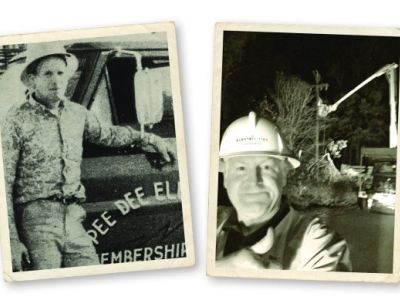
‘It’s a Wonderful Life’: Acknowledging and Safeguarding Our Blessings
In the classic 1946 film “It’s a Wonderful Life,” Jimmy Stewart plays the role of George Bailey. Due to a series of unfortunate events, George makes a desperate attempt to right the things that have turned his world upside down. He even says that maybe things would be better if he had never been born. George then gets to witness what the world would be like if he had never been born. He sees many events that would have taken place differently because he was not there. In the end, George can see all the good his life has brought to others. He sees what a wonderful life he’s had.
Fast-forward to 1989’s “National Lampoon’s Christmas Vacation,” and Clark W. Griswold, too, experiences all kinds of things going wrong. He can’t get the Christma…
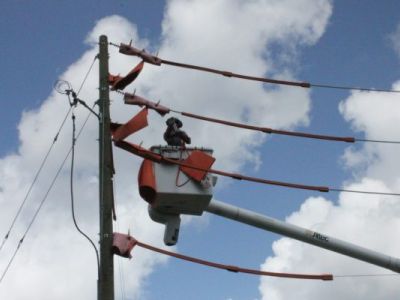
‘Avocado Hand’ and Scaling the Safety Message
Avocado toast has become all the rage at restaurants and on social media posts over the past several years. I eat it; it is delectable. You make it by toasting some bread, adding some ripe avocado and maybe some salt, and then maybe some tomatoes or sprouts. Easy, right?
Now, I want you to think of making this dish, but consider it from a safety angle. Avocado toast can be a hazardous dish to prepare. You must toast bread, which is a potential fire hazard, and you have to cut open an avocado. Unfortunately, people sometimes do this by holding the avocado in their hand, which can result in line-of-fire or knife-related cuts to their hands and wrists. In fact, these injuries are so common that they have a medical term – “Avocado Hand” – an…
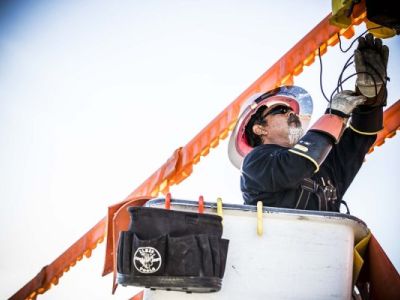
Using Flame-Resistant and Arc-Rated Clothing to Mitigate Cold Stress
Workers in the electric utility industry face various hazards, and in cooler climates, this includes potential cold stress. Cold stress occurs when the skin’s temperature drops, lowering internal body temperature and inhibiting the body’s ability to warm itself. If unchecked, exposure to cold can lead to several medical conditions, including trench foot, chilblains, frostbite and hypothermia.
Flame-resistant (FR) and arc-rated (AR) garments can be worn by workers to help protect them from both cold stress and potential burn injuries due to arc flashes and flash fires. Employers must ensure workers wear the garments properly and consistently to minimize environmental effects. They must also train workers on how to manage their work in col…

Planning for Emergencies: How to Increase Survivability When Someone Gets Hurt
Most of us never plan for an accident to occur on the job site, and there is no way we can know how an individual or crew will respond to the trauma of seeing a teammate injured or killed.
That’s something I learned when my crew watched me take the combined induction from two energized 500,000-volt circuits for roughly 30 seconds. The incident tested the crew’s emergency preparedness, and in my opinion, we could have done better. Yes, I survived. But the choices made after my high-voltage contact could have proven deadly had my injuries been more significant.
Some Background On the morning of my incident, during the pre-job briefing, my crew members and I discussed our emergency action plan. Part of the plan was to utilize the contract h…
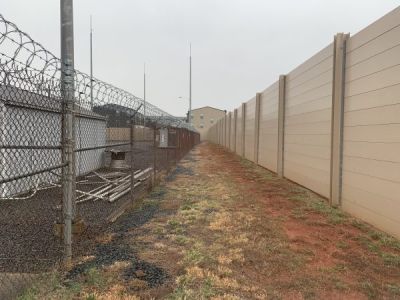
Strengthening the Substation Fence
People have finally discovered one of the best unkept secrets in America: Our utility systems can be attacked, and it doesn’t take military tacticians to pull it off.
Activists have recently renewed calls for more attacks that disrupt essential utility services and create chaos. Previously, terrorist groups focused on disabling the bulk power grid by attacking assets such as Pacific Gas & Electric’s Metcalf transmission substation. Now, their target list has grown to include distribution substations and the critical infrastructure of small and midsized utilities. This new strategy aims to inspire harassing attacks on lower-tier infrastructure assets across the U.S. The purpose of these attacks is to create widespread disruptions of e…
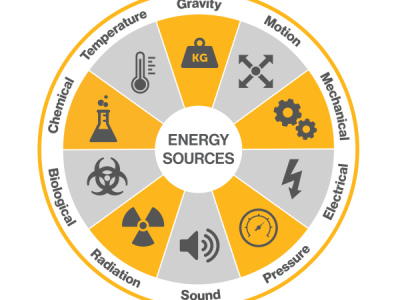
Preventing Struck-By Incidents in Utility Construction
Anatomically modern humans emerged over 100,000 years ago. For the bulk of that time, the environment in which we lived didn’t change much or very quickly. Now, think about how much the world has changed in just the last 100 years. One interesting thing to consider is how modern human innovation has continued to overcome innate human deficiencies. We control the environment around us now more than ever, including the way we travel, the way we enjoy the arts, the way we grow our food, the way we care for our sick and injured, and – to bring this point home – the way we protect ourselves.
Today, in our industry, we have access to state-of-the-art training facilities, cutting-edge tools and advanced protective equipment. Our brains, on the …
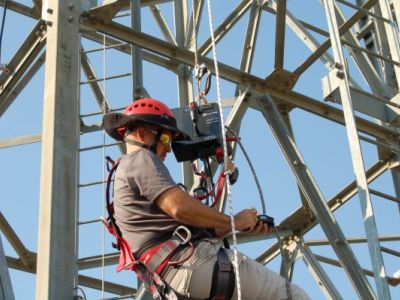
Powered Ascenders in the Utility Space
Due to the nature of the job, lineworkers may be required to climb several hundred feet – perhaps multiple times per day – just to get to work. Studies show that reducing worker fatigue has a significant effect on lowering the number of on-the-job incidents. And recent advancements in battery technology plus fierce competition in the powered ascender space have made these devices more common in the workplace. But what exactly is a powered ascender, and how can it help reduce worker fatigue?
The concept of powered rope-climbing assist devices has been around for decades. Commercially available and modified home-built units began appearing on job sites in the 1990s. Original units were modified two-cycle engines adapted to rudimentary caps…
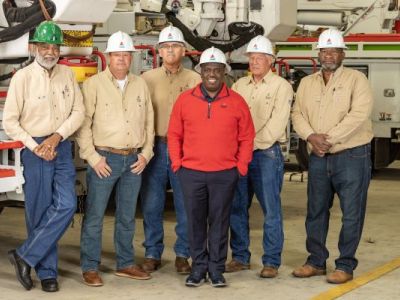
Eyes on the Wire: The Year of Actively Caring
Power Delivery leaders and supervisors at Georgia Power are working on initiatives to increase their time in the field and demonstrate active caring. However, as they work through managing meetings, to-do lists, deadlines and time constraints, finding time to be in the field can be difficult. As Power Delivery works to meet this challenge, Georgia Power has implemented an innovative idea and tapped into a reliable and obvious resource.
“We looked at bringing in safety specialists but realized the best thing to do was to see if retirees who were familiar with the jobs and who knew what they needed to look for might be willing to come back to work,” said Clarence Spencer, a Georgia Power safety and health supervisor.
As part of the company…
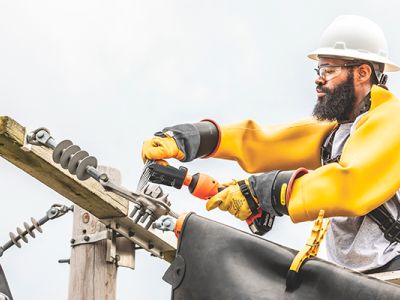
Using Power Tools in the Bucket
Lineworkers rely on a variety of tools when working from the bucket of an aerial device. Safe work practices require that these tools not create additional exposure to electrocution. Hand tools – such as bolt cutters, knives, pliers and wire strippers – are often made of metal. So, when employees are working in aerial devices, employers typically require hand tools to be insulated with layers of nonconductive material, such as plastic or nylon.
Power tools (e.g., drills, impact wrenches, circle saws, chainsaws, crimpers, cutters) are also used in the bucket. Historically, hydraulically powered tools were the only option available, but trends are changing and options for battery-powered equipment are expanding. The remainder of this artic…
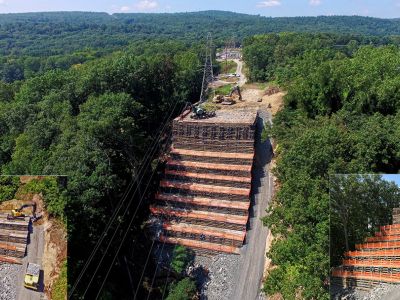
Matted Surfaces: Safety Considerations and Controls
| Nathan Boutwell, M.Eng., CSP, SMS, CIT, CUSP; Nick Powers; and Bill Hinrichs, CUSP | Worksite Safety
It’s a busy time in our industry. We have challenges associated with normal operations and maintenance of the grid. We’re also faced with new and increasing work involving distributed generation, vehicle charging infrastructure and major transmission projects.
Both existing and emerging work require access to the respective work areas, and with this comes the associated hazards of off-road access work. As an industry, we talk about the electrical hazards of our work all the time, and we should. But we don’t spend a lot of time talking about access work hazards before and after the electrical work is done. This article is intended to get you thinking more about right-of-way access and matting.
Before any work begins, a strong work plan sh…
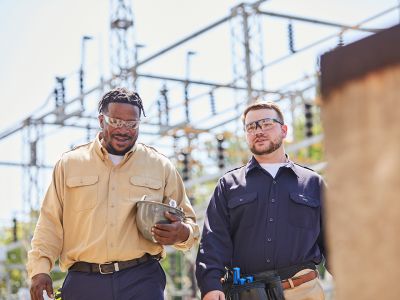
3 Sustainability Considerations When Evaluating FR/AR Apparel
Flame-resistant (FR) and arc-rated (AR) apparel are garments specifically designed to protect the wearer from the hazards of flame and heat, including arc flash and flash fire. This type of personal protective equipment (PPE) is most commonly worn by workers in high-risk industries such as electric utilities, welding, and oil and gas.
Donning of FR/AR apparel is one of the most essential practices in place for protecting workers from the flame and heat hazards they may encounter on the job. However, this type of clothing also has a significant impact on the environment. As legislation and consumer demand for more sustainable options continue to increase, it’s important to understand that sustainability goes beyond simply recycling appare…
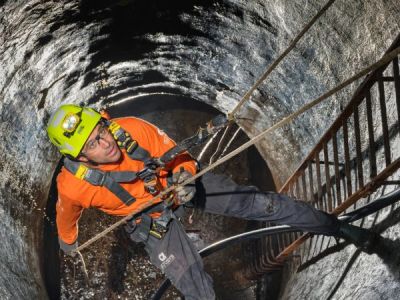
6-Step Method for Safety Harness Inspections
Your PPE can protect you if it’s in good working order and used properly, and this is especially true of fall protection gear. All gear should be inspected before use because a deficiency can be dangerous. Damaged or defective equipment should be immediately removed from service, as should equipment that’s been used in a fall. Anything that compromises the ability of the gear to protect someone from a future fall is a potential risk.
Harnesses and safety lanyards cannot be repaired; any damage to them means the entire unit is too dangerous to use. During inspections, the components of a fall protection harness must be in perfect working order before the harness is donned and used for working at heights. It’s helpful to think of this type…

Influencing Crew Safety
Influence sways our beliefs and our direction in life. We are swayed by the news, public opinion, social media, our family and friends, and by some things we don’t even know are influencing us.
In the utility industry, this begs the question: How do we as leaders go about influencing those around us in ways that will help to make us safer? What types of influence might resonate with the workforce?
Influential Actions Our approach to influencing any crew or situation matters. Let’s say there is a pressing tactical matter on a job or a change in scope that needs to be discussed. Since that issue is foremost in the leader’s mind, they may come right out with the information before making sure the crew is ready to be engaged. We all have dif…
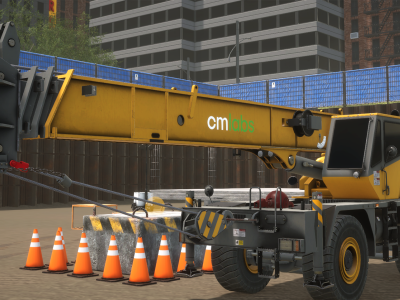
Advancing Workforce Skills Using Simulation-Based Training
Like nearly all industries that require skilled workers, the electrical utility industry currently faces the challenge of having enough trained and qualified workers to meet demand and changing market conditions.
According to a 2020 U.S. Energy and Employment Report (see www.usenergyjobs.org), all energy sectors reported hiring difficulties: “Lack of experience, training, or technical skills were again cited as the top reasons for hiring difficulty by employers across all five surveyed sectors. The need for technical training and certifications was also frequently cited, implying the need for expanded investments in workforce training and closer coordination between employers and the workforce training system.”
One solution is to improve…
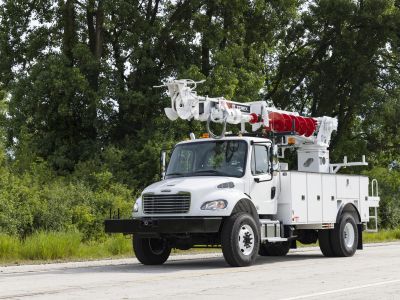
Understanding Wind Speed Limitations on Utility Equipment
The question about what’s permitted for operating aerial devices and digger derricks in high winds is one that comes up frequently with users. Utility crews often must deal with working in wind. Trouble trucks responding during storm recovery, transmission operations to place visibility balls on lines and working above rooflines in urban locations are just a few examples. Plus, some areas of the country experience high winds regularly or seasonally.
While OSHA restricts use of material-handling aerial devices and digger derricks in winds greater than 30 mph, the reality is that both OSHA – in its General Duty Clause – and manufacturers require that operations cease in wind speeds that may be less than 30 mph if the work conditions are no…
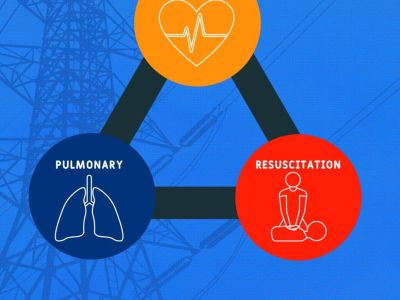
The Case for Enhanced First-Aid Training for Lineworkers
Imagine you are working in a remote wilderness area on difficult terrain. The job involves setting poles, running wires, trimming trees, operating heavy machinery and working at elevation in track bucket trucks or hooks on a pole. The potential for serious injury is present, and extrication will be difficult if an injury occurs.
This scenario begs the question, are basic first-aid and CPR training enough for a situation like this? Should enhanced first-aid training be considered for remote utility work? Could training some of our lineworkers in advanced first aid help them more effectively respond? Would training them help them to recognize potentially hazardous situations in advance to avoid injuries altogether?
As a utility worker wi…

